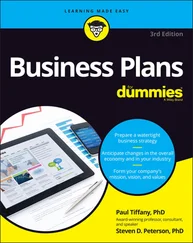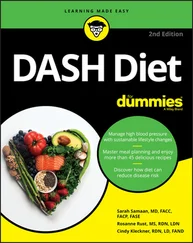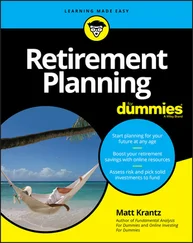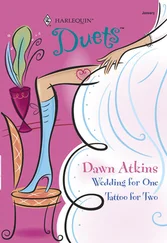1 ...8 9 10 12 13 14 ...18 Father of the bride. The father of the bride is traditionally the parent with the most responsibilities. He is the one who walks the bride down the aisle. If the bride chooses, he also gives her away to be married to the groom. At the reception, he gives the welcome and the toast to the bride and groom. He also dances with the bride during the father-daughter dance. Not everyone’s story is the same, so if you don’t have a father figure, an uncle, cousin, brother, or close friend can fill this role. I have also seen couples who have children take on these responsibilities. If you can’t pick just one parent, consider both of your parents walking you down the aisle.
Mother of the groom. The mother of the groom gives all her love and support to the groom on the wedding day. She serves as a support if he needs her in anyway. She will co-host the rehearsal dinner with the father of the groom, and she will be a part of the speeches at that dinner. She also dances with the groom at the reception during the mother-son dance, a special moment between the groom and his mother.
Father of the groom. The father of the groom also supports his son on the wedding day. I have often seen the father of the groom hanging out with the groom and his groomsmen to offer support as needed. He will also co-host the rehearsal dinner and give a speech to honor his son and fiancée.
Ushers. The ushers are typically males who are close to the couple or related to the couple but are not bridesmaids or groomsmen. If you don’t want to select additional men, you can utilize the groomsmen as ushers. Their job responsibility is to escort the female guests into the venue for the ceremony. They let guests know which side to sit on based on whether they know the bride or the groom. You should have two ushers per one hundred guests.
Guestbook/program attendants. Typically, these are female relatives or friends who are close to you but not bridesmaids. Their job is to make sure the guests sign the guestbook at the ceremony and pass out the programs as guests enter the venue for the ceremony.
That is your bridal party and their responsibilities. When you ask your bridal party to be a part of your wedding, it’s important to discuss their responsibilities with them. Make sure they’re comfortable and willing to help you prior to and on your big day.
In Table 2-1, write in the names of the people in your bridal party. Down the road when we plan your ceremony, it will be helpful to have all the names in one spot.
TABLE 2-1Your Bridal Party
| Title |
Name |
| Maid of Honor/Matron of Honor |
|
|
|
| Best Man/Men |
|
|
|
| Bridesmaids |
|
|
|
|
|
|
|
|
|
|
|
|
|
|
|
| Groomsmen |
|
|
|
|
|
|
|
|
|
|
|
|
|
|
|
| Flower Girl(s) |
|
|
|
| Ring Bearer(s) |
|
|
|
|
|
| Mother of the Bride |
|
| Father of the Bride |
|
| Mother of the Groom |
|
| Father of the Groom |
|
| Ushers |
|
|
|
|
|
| Guestbook/Program Attendant(s) |
|
|
|
|
|
Now that you have picked your bridal party, it’s time to figure out where everyone is going to stand and sit during your ceremony. In Chapter 12, when we create your ceremony, we’ll talk about how your bridal party processes or enters and recesses or exits the ceremony. For now, we’re going to work through the order of your bridesmaids and groomsmen and discuss where the parents sit during the ceremony.
I have a fun assignment for you to do together. Actually, because it’s fun, let’s call it a team-building opportunity. In Table 2-2, write the name of your bridesmaids and groomsmen in order, and then parents and grandparents. A few things to note when you do this:
Where you see “Bride” and “Groom,” that’s you.
Make it your own. The chart can say “Bride” and “Bride” or “Groom” and “Groom.” But the “bride” is always on the left.
Imagine standing at the front of the church. As you go down the chart, write in the names closest to you. The maid/matron of honor will be first, followed by the bridesmaids. Same thing for the groom’s side; the best man will be first followed by the groomsmen.
Fill in the names of your parents and grandparents. They will not be standing at the altar with you, but this will help you visualize which side of the ceremony seating they will be on.
 Now for the fun part. As you fill in the chart, figure out together who would make the perfect pair. If you have married couples in your bridal party, keep them together. If you have couples who used to date, keep them apart. No one wants that drama!
Now for the fun part. As you fill in the chart, figure out together who would make the perfect pair. If you have married couples in your bridal party, keep them together. If you have couples who used to date, keep them apart. No one wants that drama!
TABLE 2-2Your Bridal Party Order
| Bride’s Side |
Groom’s Side |
| Maid of Honor/Matron of Honor |
Best Man/Men |
|
|
|
|
| Bridesmaids |
Groomsmen |
|
|
|
|
|
|
|
|
|
|
|
|
|
|
|
|
| Bride’s Parents |
Groom’s Parents |
|
|
|
|
| Bride’s Grandparents |
Groom’s Grandparents |
|
|
|
|
|
|
|
|
 Having an uneven number of bridesmaids and groomsmen is okay. Depending on where the numbers fall, if you have more groomsmen than bridesmaids, two groomsmen will walk with one bridesmaid. If you have more bridesmaids than groomsmen, two bridesmaids will walk with one groomsman. Do not stress about that! You both have different family and friends. It’s fine if they don’t line up perfectly.
Having an uneven number of bridesmaids and groomsmen is okay. Depending on where the numbers fall, if you have more groomsmen than bridesmaids, two groomsmen will walk with one bridesmaid. If you have more bridesmaids than groomsmen, two bridesmaids will walk with one groomsman. Do not stress about that! You both have different family and friends. It’s fine if they don’t line up perfectly.
 If you are not doing “sides,” I still want you to fill in this chart because these are the people who get assigned seats at the ceremony. Additional family and guests can sit on whichever side they’d like. The reason we do this with the specific people in the chart is so that your immediate family will be seated on your side.
If you are not doing “sides,” I still want you to fill in this chart because these are the people who get assigned seats at the ceremony. Additional family and guests can sit on whichever side they’d like. The reason we do this with the specific people in the chart is so that your immediate family will be seated on your side.
Proposing to your bridal party
I love to see how my clients propose to their bridal party. Asking your bridal party to be in your wedding is a long-standing tradition, but now we “propose” to our bridal party. When I started my career as a wedding planner, clients would just ask their bridal party, “Hey, want to be in my wedding?” Now we have elaborate ways to ask them and if you’re into it, let’s explore some fun ideas. I’ll also discuss the good old-fashioned way to ask them to be a part of your big day.
Читать дальше
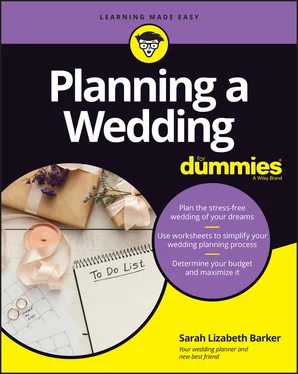
 Now for the fun part. As you fill in the chart, figure out together who would make the perfect pair. If you have married couples in your bridal party, keep them together. If you have couples who used to date, keep them apart. No one wants that drama!
Now for the fun part. As you fill in the chart, figure out together who would make the perfect pair. If you have married couples in your bridal party, keep them together. If you have couples who used to date, keep them apart. No one wants that drama! Having an uneven number of bridesmaids and groomsmen is okay. Depending on where the numbers fall, if you have more groomsmen than bridesmaids, two groomsmen will walk with one bridesmaid. If you have more bridesmaids than groomsmen, two bridesmaids will walk with one groomsman. Do not stress about that! You both have different family and friends. It’s fine if they don’t line up perfectly.
Having an uneven number of bridesmaids and groomsmen is okay. Depending on where the numbers fall, if you have more groomsmen than bridesmaids, two groomsmen will walk with one bridesmaid. If you have more bridesmaids than groomsmen, two bridesmaids will walk with one groomsman. Do not stress about that! You both have different family and friends. It’s fine if they don’t line up perfectly.



